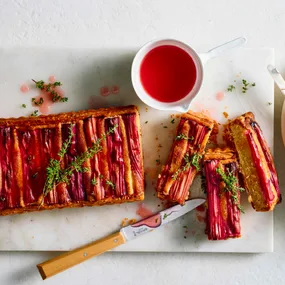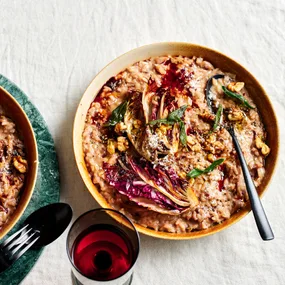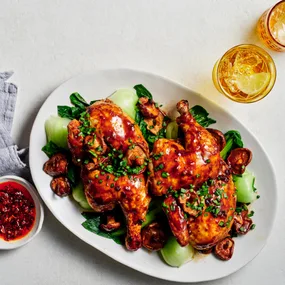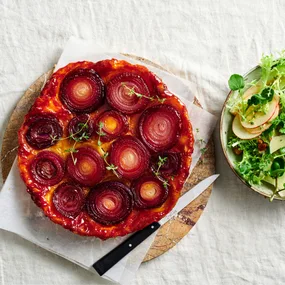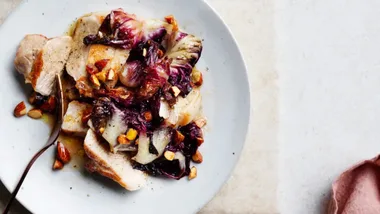Macaroni cheese, mac and cheese – whatever you choose to call it, this venerable combination of melted cheese and pasta baked under a golden crust is undoubtedly one of the world’s most popular cheese dishes. Executed properly, it’s hard to beat – a simple, reassuring comfort dish and a childhood favourite of millions. Made poorly, it can be very nasty; I spent years at boarding school in England, so I know of what I speak. It took a long time for me to understand that it was not supposed to be limp industrial noodles congealed within a processed cheese sauce.
For a popular dish of such simplicity, it surprises me when I discover how many chefs have a version they consider to be the one true recipe. I have strong feelings about cheese and that surprise can change quickly to delight or dismay when I test their claims.
The obvious starting point is a reputable, artisanal brand of macaroni – a hollow durum-wheat pasta, which is cut short and straight in European countries, or shaped into stocky elbows in the United States and elsewhere. I’m sure it won’t surprise you to learn that I think the absolutely crucial ingredient is good cheese.
In my experience, mature, well-made farmhouse cheddar is ideal, and provides both texture and flavour, with a wonderful lingering tang. Gruyère or Comté are other worthy additions because of their sweet, rich, flavours, and the slight stringiness they offer when cooked. A grating of aged Parmigiano-Reggiano, meanwhile, delivers the perfect crisp golden crust.
Considering the popularity of mac and cheese in the US, you could be forgiven for thinking that it’s an American dish. The first recipes, though, date back at least to medieval times. Thomas Jefferson was so impressed by a version he came across while travelling in Europe that he imported equipment into America to replicate the pasta so he could serve the dish for state dinners more than 200 years ago.
As I recently discovered on a visit to the US to film an episode for the new season of Cheese Slices, it’s now common for American cheese shops to power their own house-made “killer” mac ‘n’ cheeses with any one of a number of interesting artisan cheeses, including pungent, washed-rinds such as Münster, and cave-ripened Taleggio, hard cheeses such as farmhouse Caerphilly and Lancashire. I even came across a version that included blue cheeses such as Roquefort.
There is much debate about the sauce, and how it should hold the dish together. Cheese-enhanced béchamel is the tradition, but additives including crème fraîche, extra butter, heavy cream, egg yolks, cottage cheese and even breadcrumbs are also occasionally used to broker the marriage of pasta and cheese. There are almost as many views over the use of other ingredients such as bacon, pancetta, tuna and so on to add texture and flavour. Here’s my take on macaroni cheese from a new book of cheese recipes I’m working on.
Want more mac and cheese recipes?
Ingredients
Method
Main
Note Chipotle purée is made by processing chipotle peppers in adobo in a blender to a smooth consistency.
Notes




